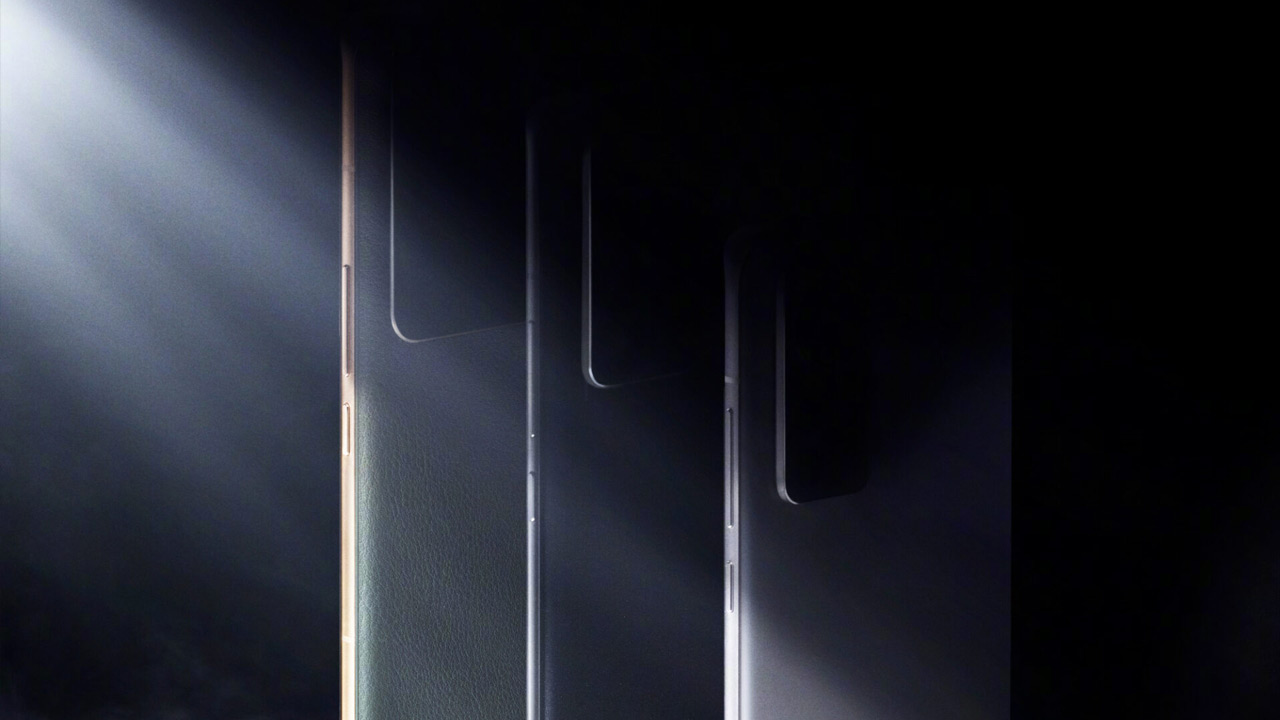Years of complaints due to stitches after childbirth: ‘Women don’t dare to talk about it’
And there’s no need for that, because you can do something about it. We talk to her about the complaints, causes and solutions.
Contents
Complaints after stitches
Childbirth is an intense, painful, but also very special experience for most women. And although you’ll do anything for that little bumblebee on your chest, childbirth can also bring quite a few physical discomforts. For example, many mothers have to be stitched after childbirth because they down under cut or (partly) torn out. To close the wound, one to sometimes twenty stitches are needed. The vagina is then quite swollen and painful, but luckily that heals on its own. There are also women who continue to experience symptoms for years due to stitches after childbirth. ‘In some women, the vagina is so wide that they feel little or nothing during sex. Or there is a splash of water when they step out of the bath or swimming pool’, explains cosmetic gynecologist Joke Haartsen. ‘There are also women who suffer from vaginal air loss while walking. Sometimes they have trouble passing stools. It’s not always about how it looks, but also about physical discomfort.’
Article continues after the ad
torn or cut
Whether or not suturing is necessary after delivery depends on the size of the tear. A small tear sometimes heals on its own. If the vaginal wall, the underlying connective and muscle tissue or the clitoris is also torn, you will need stitches. This also applies to a (sub) total rupture, in which the skin between your vagina and anus, pelvic floor muscles and sphincter muscle is (partially) torn. Sometimes a tear is stitched incorrectly, but that is by no means always the culprit. ‘In most cases it is a mistake of nature. Wound healing is less good due to hormone changes during pregnancy and breast-feeding. So even if an obstetrician or gynaecologist does her utmost to have a perfect suture, it can sometimes not heal perfectly’, says Haartsen. “Besides, a baby just came out, so everything is swollen. This sometimes makes it difficult to spot cracks. An underlying muscle can also be torn under a small tear, which is often not sutured. If you miss that, the vagina will remain wide open.’ During checks, women with complaints are not always taken seriously, the cosmetic gynaecologist notes. ‘They often hear: it will work itself out. But you also have to offer those women perspective: first try pelvic physiotherapy and if you are still experiencing complaints in six months, we will look for a solution together. That is often not done now.’
Read also
‘My mommy makeover cost no less than eight thousand euros’ >
Not daring to talk about it
Haartsen does not know how many women still experience complaints so long after childbirth. There are no numbers. ‘But I see more and more in the clinics where I work. Yet it is still a taboo. Women who no longer feel anything during sex do not dare to talk about it with their partner. That’s basically what they say: I don’t like sex anymore. That is a very delicate subject,’ she says. ‘Because the threshold for knocking on our door is so high, women sometimes continue to walk around with complaints for years. Most are a bit older and come to us because they think: now I’m done with it. We also see divorced women who are ashamed of their bodies and therefore do not dare to start a new relationship.’ What also does not help is that costs for a vagina correction are usually not reimbursed. As a result, gynecologists and general practitioners usually do not refer mothers. ‘Moreover, those specialists are generally not very supportive of cutting healthy meat. As a result, women cannot find their way to us and hide the problem again. I hope that such corrections will one day be covered by insurance, but I don’t expect that in the next five or ten years.’
Vagina correction: that’s how it works
Do you still experience vaginal complaints six months after delivery and is it not a cosmetic problem? Then Haartsen recommends trying pelvic physiotherapy first. This is reimbursed and can help some people. ‘If that doesn’t help, don’t let the regular care put you off. It would be a shame not to do anything about these complaints.’ She does emphasize that you should certainly not underestimate the operation. ‘Muscles have often been in places where they don’t belong for years. If you then pull it to the right place, that is of course painful.’ Fortunately, the risk of complications, such as loss of sensation or inflammation, is very small. How exactly does such a correction work? ‘There are actually two forms. Sometimes we only correct the entrance to the vagina. Then we rejoin the muscles around the entrance, so that the vagina is less open. In some women, the vagina itself or the firm tissue deeper in the vagina has been torn or stretched. We can also repair that during an operation.’ According to Haartsen, at the first check-up after two weeks, most women are especially upset about what happened. ‘Many women – but fortunately not all – have a lot of pain in the first few days, more than expected. The vagina will then still feel very tight, but that will stretch a bit on its own. At the second check-up after eight weeks, that feeling is much more positive. The complaints are then over, the pain is gone and most have their self-confidence back. That’s what I do it for.’
In Kek Mama 16, Karin talks about her vagina correction.
More Kek Mama? Subscribe now and take advantage of great offers!


